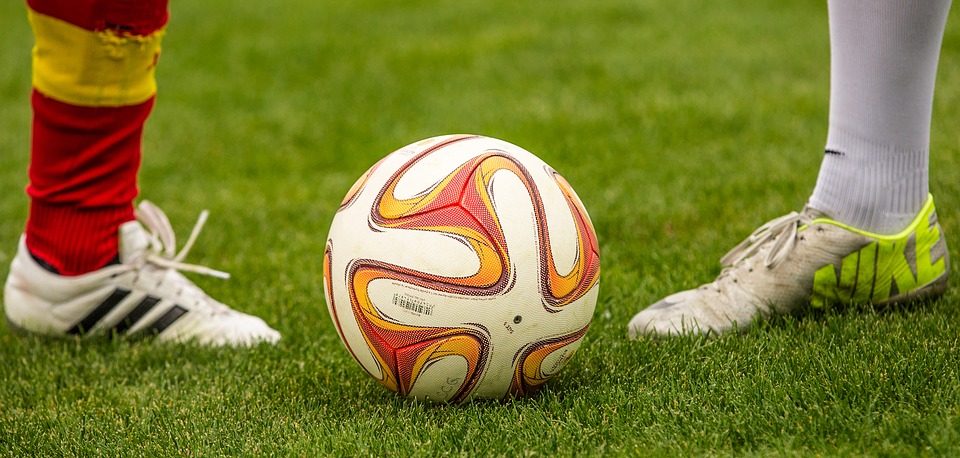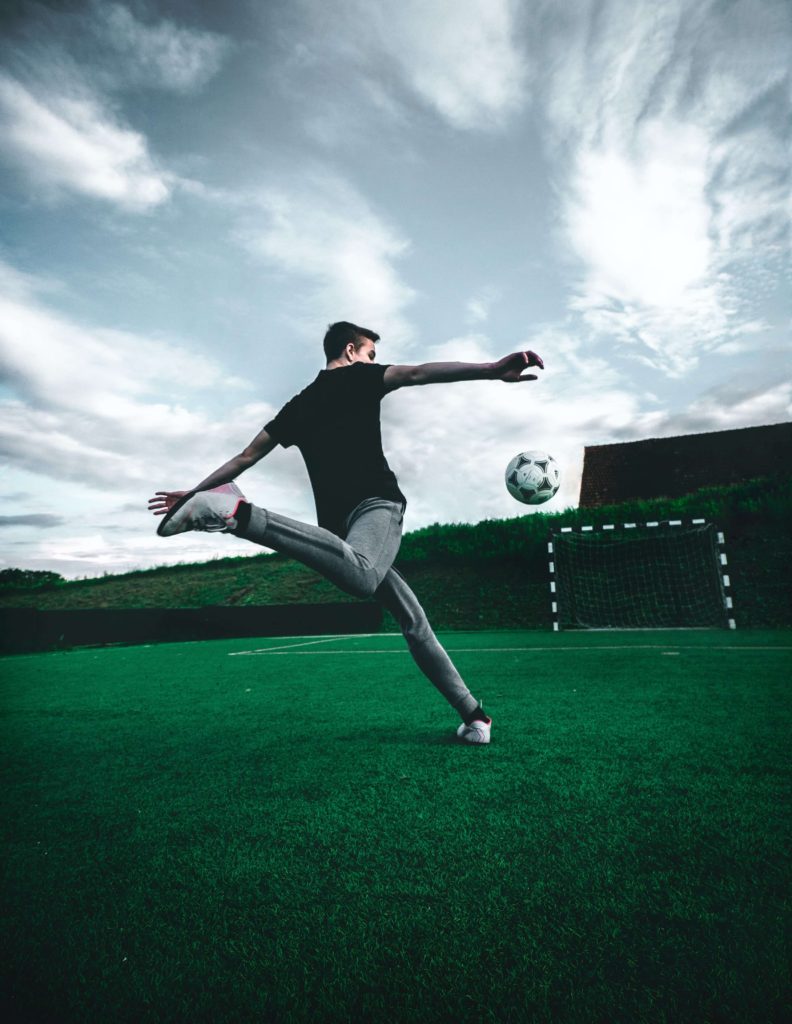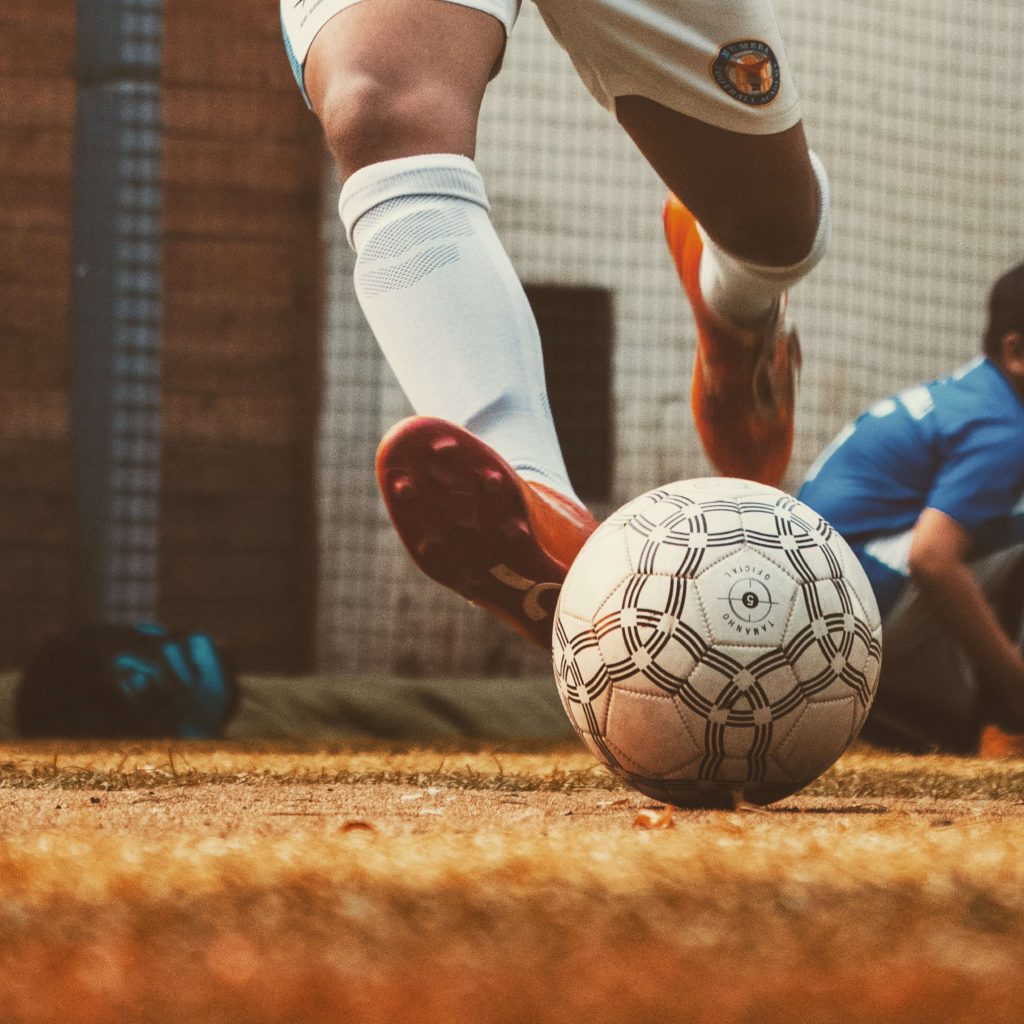
Soccer is another fall sport with a high risk of injury. Alongside football, it is one of the largest team sports in the US. Football has a higher ability to cause injury over the entire body due to the level of contact. Specifically, football sees a higher level of head injuries. However, soccer can cause serious (and often preventable) injuries, generally in the legs, ankles, or feet. Even though concussions may have more traumatic effects, lower body injuries need to be taken seriously, so understanding soccer safety is vital.
Leg Injuries
Injuries in the lower extremities are often very serious for athletes, especially soccer players. Not only can they affect the skill and ability level of the player; more serious injuries can lead to no longer being able to participate in the sport. Tearing your ACL or another ligament is a common leg injury that may require physical therapy or even surgery.
Depending on the severity, there could be lasting effects of a torn ligament, resulting in the leg not being as strong as it was prior to the player’s injury. Breaking or fracturing a bone in your leg is common, which can take time to heal in a cast. As with any sport, there is the risk of muscle overuse, resulting in aches, pains, and sprains as well. There is also a risk of more serious injury in case of a serious accident, such as a concussion or upper-body injury. That is often in the case of accidental collision of players or serious falls.

Leg Injury Treatment
If you tear a ligament, have an ache, a strain, or a sprain, you should treat the injury with a cold pack to reduce swelling and numb the pain. Injuries on lower extremities should generally be checked by a medical professional before the player returns to the field, as muscle over-exertion can lead to further damage of the ligaments and cause lasting damage (if there wasn’t lasting damage already). Many players hop on the field too soon, or without a doctor’s approval, after a leg injury. This can result in an even longer time-out from the field. More importantly, it can cause life-long leg problems that negatively impact them.
Overuse Injuries
Overuse injuries, such as shin splints and severe aches, should be treated with rest and temporary icing of the wound. If the injury does not heal after days of rest, it may be a more serious injury. If the injury is more serious, it should be cleared by a medical professional. Pain-reducers such as Acetaminophen and Ibuprofen are always helpful. They will be good to have on hand during the rest, and even sitting on the sidelines of a game. If you have been diagnosed with a shin splint, it is best to keep all weight off on the leg. Putting more weight on the leg before it is healed can result in further damage. Not only will it help you get back on the field faster, but it will significantly reduce the pain.

Preventative Measures
Prevention of these injuries can be as simple as making sure that you are adequately stretched before hitting the field. It’s also important to make sure all gear (mainly your shin guards and cleats) fits properly. Here’s a helpful guide to help you find the perfect cleats this season. Cleats that do not fit right can cause serious ankle injuries or just general discomfort. Pre-season analysis by an athletic trainer or physician can also lead to personalized analysis and more customized prevention methods if you are prone to a certain type of injury. Shop our Sports Safety Kits here to prepare for anything this season.



